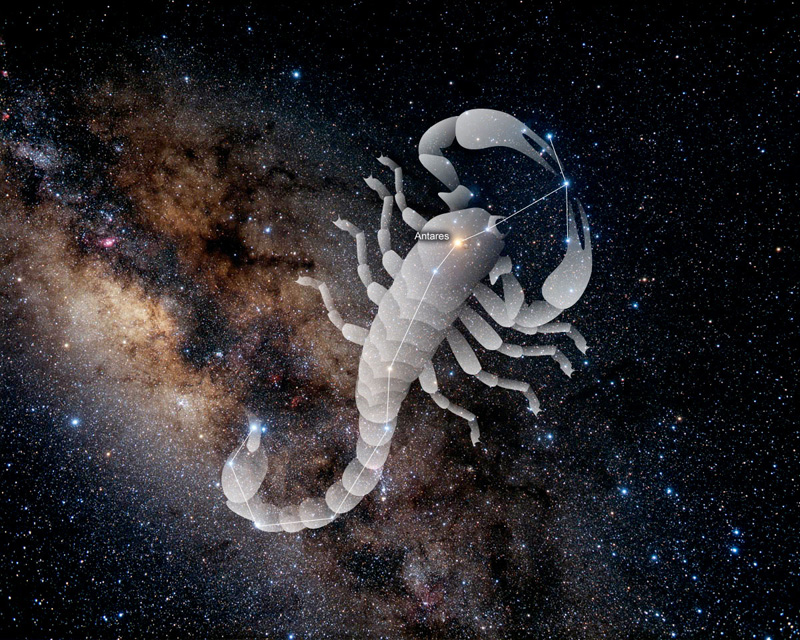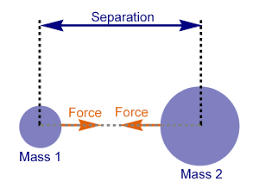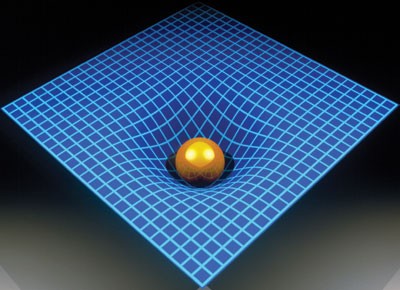Julian Date: 24591129.16
2020-2021: XXVI
"Eddie Van Halen was born the year Albert Einstein died. Who doesn't believe in reincarnation now?"
THE DAILY ASTRONOMER
Wednesday, October 7, 2020
Remote Planetarium 104: General Relativity I: A description of gravity
Once again, let's review Isaac Newton's "Universal Law of Gravitation."
Every massive particle in the Universe attracts every other massive particle. The magnitude of the gravitational force exerted between any two objects is directly proportional to the masses of both and inversely proportional to the square of their separation distance.
Imagine, for instance, two asteroids in deep space. The masses of each are 500,000 kilograms and they are one million miles apart. Despite this considerable separation distance, the asteroids still exert a gravitational pull on each other. If their masses increased or if they were brought closer together, this gravitational pull would increase. However, if the masses decreased, the force between them would be reduced in proportion to the mass loss. If the separation distance doubled, the force would be reduced to one quarter of its original value. Treble the separation distance and the force would be reduced to one ninth its original value. Continue to increase the separation distance and the force diminishes rapidly. However, it doesn't reduce to zero no matter how far apart the bodies become.
Although Newton provided a detailed description of gravity, he was troubled by the very notion of "action at a distance." In fact, he conceded that any rational thinking person would find the concept of action mediated over a vast distance to be unacceptable. Despite these metaphysical misgivings, however, Newton's quantified model of gravity became a cornerstone of physics for more than two centuries.
The Physics World was upended in 1905 when Albert Einstein (1879-1955), published his Special Theory of Relativity in which space and time, regarded classically as disparate, were fused into one single continuum called "space-time." Special Relativity was founded on the principle that light speed is a constant in all inertial reference frames. So, for instance, if an observer is traveling at 80% light speed while another remains stationary, they would both measure a light beam's velocity as being equal to light speed, or approximately 186,290 miles per second. The implication of this light speed consistency is that time dilates and length contracts for the moving observer.
In 1915, Einstein published his General Theory of Relativity, which revolutionized gravitation by describing it not as a force mediated between two massive particles, but instead as a distortion of the space-time continuum caused by the presence of a massive object. Every massive object induces an "indentation" in the space-time fabric. The more massive (and more dense) the object, the "deeper' this indentation becomes. According to the General Theory of Relativity, gravity is not a mysterious force connecting objects at a distance. Instead, it is a massive object's reaction to another massive object's space-time distortion.
This image shows a simplified view of space-time distortion. Both the Earth and its moon distort their local space time geometries. Consequently, smaller objects within the vicinity of either will be "trapped" within the gravity well.
The best known analogy is that of a taut rubber sheet on which a dense metal ball has been placed. Imagine tossing smaller balls along the sheet both toward and away from the larger one. Those balls that stray close to the large ball will either follow bent paths around it or will be drawn into its dent. Conversely, the paths of the more distant balls are unaffected by the large ball.
Earth isn't pulling you down. Instead, you are trapped within the planet's gravity well. So, too, is the moon. Earth is ensnared within the Sun's space-time distortion.
Tomorrow, we'll focus on how gravity affects time as well as space. They are, after all, aspects of the same continuum.
To subscribe or unsubscribe from the Daily Astronomer:




